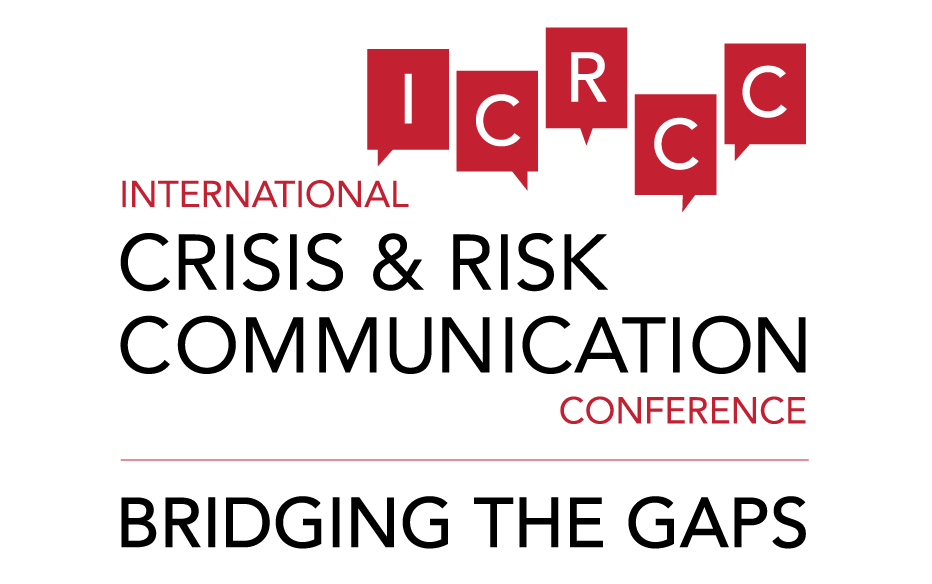
Associate Behavioral and Social Scientist
RAND Corporation
United States of America
Elizabeth L. Petrun Sayers, Ph.D. is an associate behavioral and social scientist at the RAND Corporation in Arlington, Virginia. Her areas of expertise include risk, crisis, and science communication. Prior to joining RAND, Petrun Sayers worked as the associate director of the risk communication and resilience program for the National Consortium for the Study of Terrorism and Responses to Terrorism (START) located at the University of Maryland, College Park and as a strategic communication liaison for the National Institutes of Health in Bethesda, Maryland. Petrun Sayers works across the national security and health fields, and is currently conducting research for the Department of Defense and the Centers for Disease Control and Prevention. In addition to research, she has taught a variety of communication courses to undergraduate and graduate students. Her work has been presented at national and international conferences, and she has most recently published in Review of Communication, Journal of Risk Research, and Journal of Applied Communication Research. Petrun Sayers received her Ph.D. in communication from the University of Kentucky.
Facing the Music: Best Practices for Conducting CEO Crisis Response on YouTube
Co-author and co-presenter: Julia Daisy Fraustino
Social media offer new opportunities for CEOs and other organizational leaders to engage directly with publics during a crisis. YouTube, for example, provides opportunities for immediate and direct communication with publics, but at the same time it increases possibilities for misinformation and hoaxes. As such, YouTube is an increasingly important crisis monitoring and response tool for organizational leaders in both public and private sectors. Pew data show that YouTube has risen to the second-largest social networking site behind Facebook, making the video-sharing site a hub for users posting their own content and responding to others’ posts in real time. This growth makes the site appealing to leaders who want to meet their publics where they digitally live.
From the president of Domino’s Pizza’s response to an employee food contamination prank on YouTube to the Research in Motion co-CEO’s YouTube apology for compromised service, many pieces of anecdotal evidence highlight benefits and pitfalls of online video statements from organizational leadership. While anecdotes provide entertaining war stories, emerging scientific research is beginning to reveal benefits in stakeholders’ attitudes and behavioral intentions when organizational leaders are prompt and visible in responding publicly to crisis information. While effective crisis response practices are well known and tested in more traditional formats (i.e. press conferences, television, etc.), best practices remain in development for social media responses. In this discussion, we will particularly touch on the following questions, among others: When is the right time to respond via online videos?; How should YouTube messages differ based on crisis phase?; and What aspects of audio and visual components for YouTube should organizations consider?
Thus, in this talk we report results of our systematic synthesis of academic and trade literature pertaining to organizational leadership use of online videos, particularly on YouTube, for crisis communication. In doing so we highlight real-world illustrations of effective and ineffective use of YouTube by organizations during crises. Ultimately, we pose several additional research questions and offer an initial framework of best practices for organizational leadership responding to crises via YouTube.


